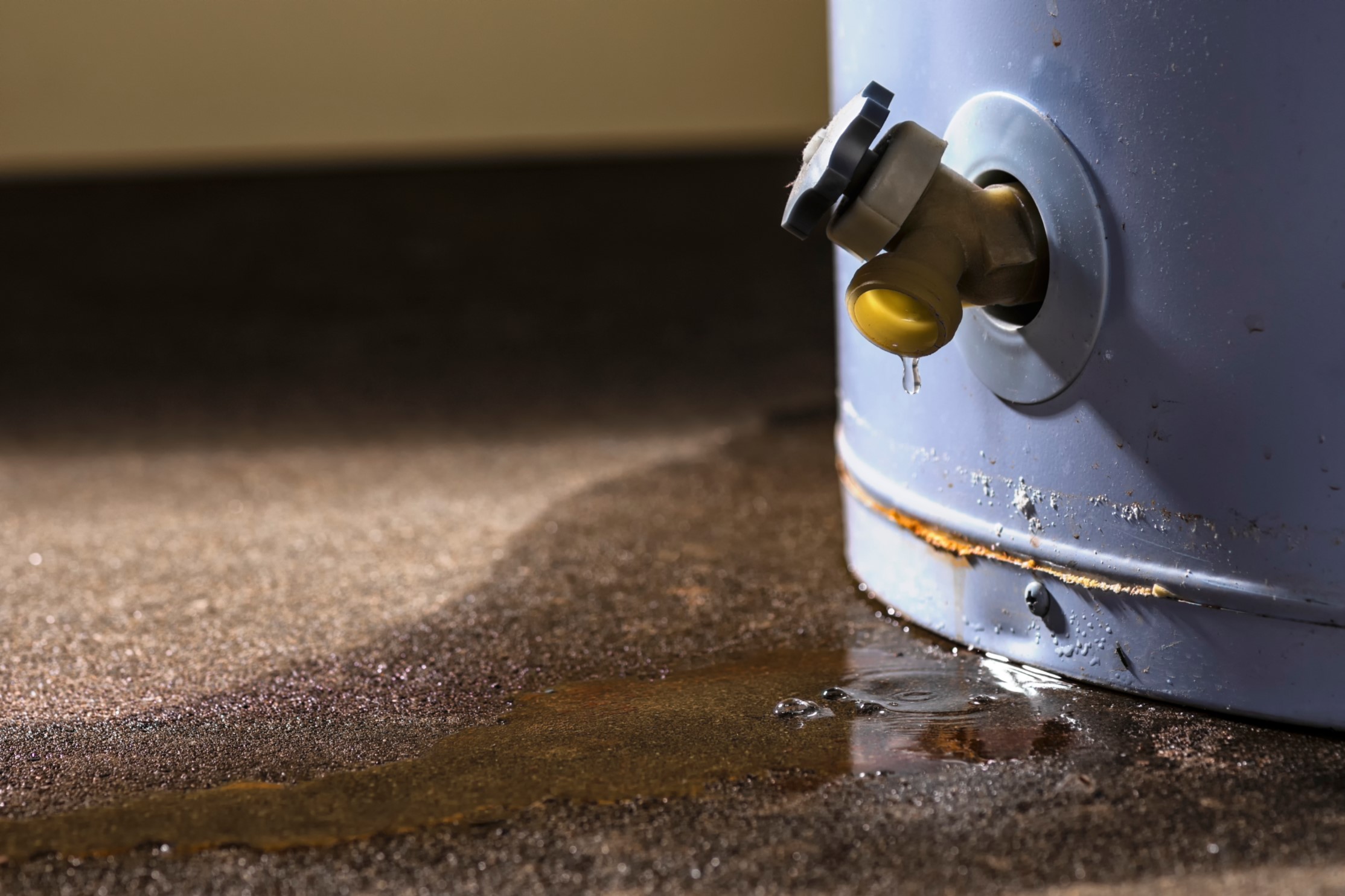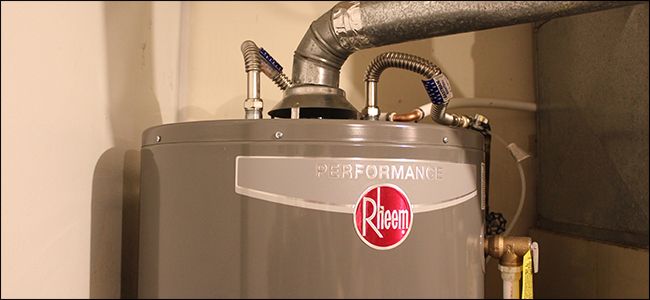On this page down the page you might get a bunch of reliable facts relating to What Kind of Maintenance Do Water Heaters Need?.

Hot water is essential for everyday convenience, whether it's for a rejuvenating shower or cleaning dishes. To guarantee your warm water system runs effectively and lasts much longer, regular upkeep is key. This post provides useful pointers and understandings on how to preserve your home's warm water system to stay clear of disruptions and expensive fixings.
Intro
Keeping your home's hot water system may appear challenging, however with a couple of simple actions, you can guarantee it runs smoothly for many years ahead. This overview covers everything from understanding your warm water system to do it yourself maintenance suggestions and understanding when to call professional help.
Value of Keeping Your Hot Water System
Regular maintenance not only prolongs the life expectancy of your warm water system yet also ensures it operates effectively. Ignoring upkeep can bring about decreased efficiency, higher energy expenses, and also early failing of the system.
Indicators Your Warm Water System Needs Upkeep
Recognizing when your warm water system requires focus can prevent major issues. Watch out for indications such as irregular water temperature level, odd sounds from the heating system, or rustic water.
Flushing the Water Heater
Flushing your hot water heater gets rid of sediment buildup, boosting effectiveness and prolonging its life.
Checking and Changing Anode Rods
Anode poles stop corrosion inside the storage tank. Examining and replacing them when broken is essential.
Complex Issues Calling For Specialist Aid
Instances include major leaks, electrical problems, or if your hot water heater is consistently underperforming.
Regular Specialist Maintenance Advantages
Expert upkeep can include extensive assessments, tune-ups, and making sure conformity with safety requirements.
Examining and Changing Temperature Setups
Changing the temperature settings guarantees optimal efficiency and safety and security.
Do It Yourself Tips for Upkeep
You can do several upkeep tasks on your own to keep your hot water system in top problem.
Checking for Leaks
Routinely examine pipes and links for leaks, as these can lead to water damages and higher costs.
Comprehending Your Warm Water System
Before diving right into maintenance jobs, it's useful to understand the standard components of your hot water system. Typically, this consists of the water heater itself, pipes, anode rods, and temperature level controls.
Regular Monthly Upkeep Tasks
Normal regular monthly checks can help capture minor concerns prior to they intensify.
Evaluating Stress Relief Valves
Checking the pressure safety valve ensures it works correctly and stops excessive stress buildup.
Protecting Pipelines
Insulating warm water pipelines reduces warmth loss and can conserve power.
When to Call a Professional
While do it yourself maintenance is helpful, some issues need expert proficiency.
Verdict
Normal upkeep of your home's hot water system is necessary for efficiency, long life, and price savings. By complying with these pointers and recognizing when to seek expert assistance, you can make certain a dependable supply of warm water without unanticipated disruptions.
How to Maintain an Instant Hot Water Heater
Before tinkering with your hot water heater, make sure that it’s not powered on. You also have to turn off the main circuit breaker and shut off the main gas line to prevent accidents. Also turn off the water valves connected to your unit to prevent water from flowing into and out of the appliance. 2. When you’re done, you have to detach the purge valves’ caps. These look like the letter “T†and are situated on either side of the water valves. Doing so will release any pressure that has accumulated inside the valves while at the same time avoid hot water from shooting out and burning your skin. 3. When the purge valves’ caps are removed, you have to connect your hosing lines to the valves. Your unit should have come with three hoses but if it didn’t, you can purchase these things from any hardware or home repair shops. You can also get them from retail stores that sell water heating systems. Read the user’s manual and follow it to complete this task properly. When the hosing lines are connected, open the purge port’s valves. 4. You should never use harsh chemical cleaners or solutions when cleaning your unit. Make use of white vinegar instead. It should be undiluted and you’ll probably use about 2 gallons. 5. Now flush your water heater. This task should probably take about 40 minutes. We can’t give you specific directions for this because the procedure is carried out depending on the type, model and brand of your heater. With that being said, refer to the user’s manual. 6. When you’re done draining the unit, you have to turn off the purge port valves again. Remove the hosing lines that you earlier installed on each of the water valves. Put the valve caps (purge port) back in their respective places and be very careful so as not to damage the rubber discs that are found inside these caps. 7. Now that everything’s back in place, check your user’s manual again to find out how to reactivate your water heating system. 8. Once it is working, turn one of your hot water faucets on just to let air pass through the heater’s water supply pipes. Leave the tap on until water flows smoothly out of it. https://www.orrplumbing.com/blog/2014/september/how-to-maintain-an-instant-hot-water-heater/

As an avid reader on Tips on Maintaining a Water Heater, I figured sharing that topic was worthwhile. Enjoyed our post? Please quickly share it. Let another person locate it. Many thanks for your time invested reading it.
Click Here